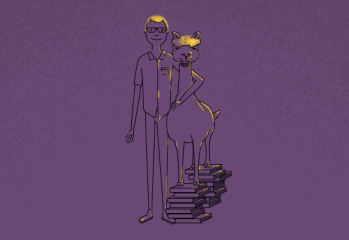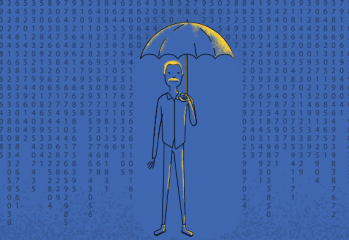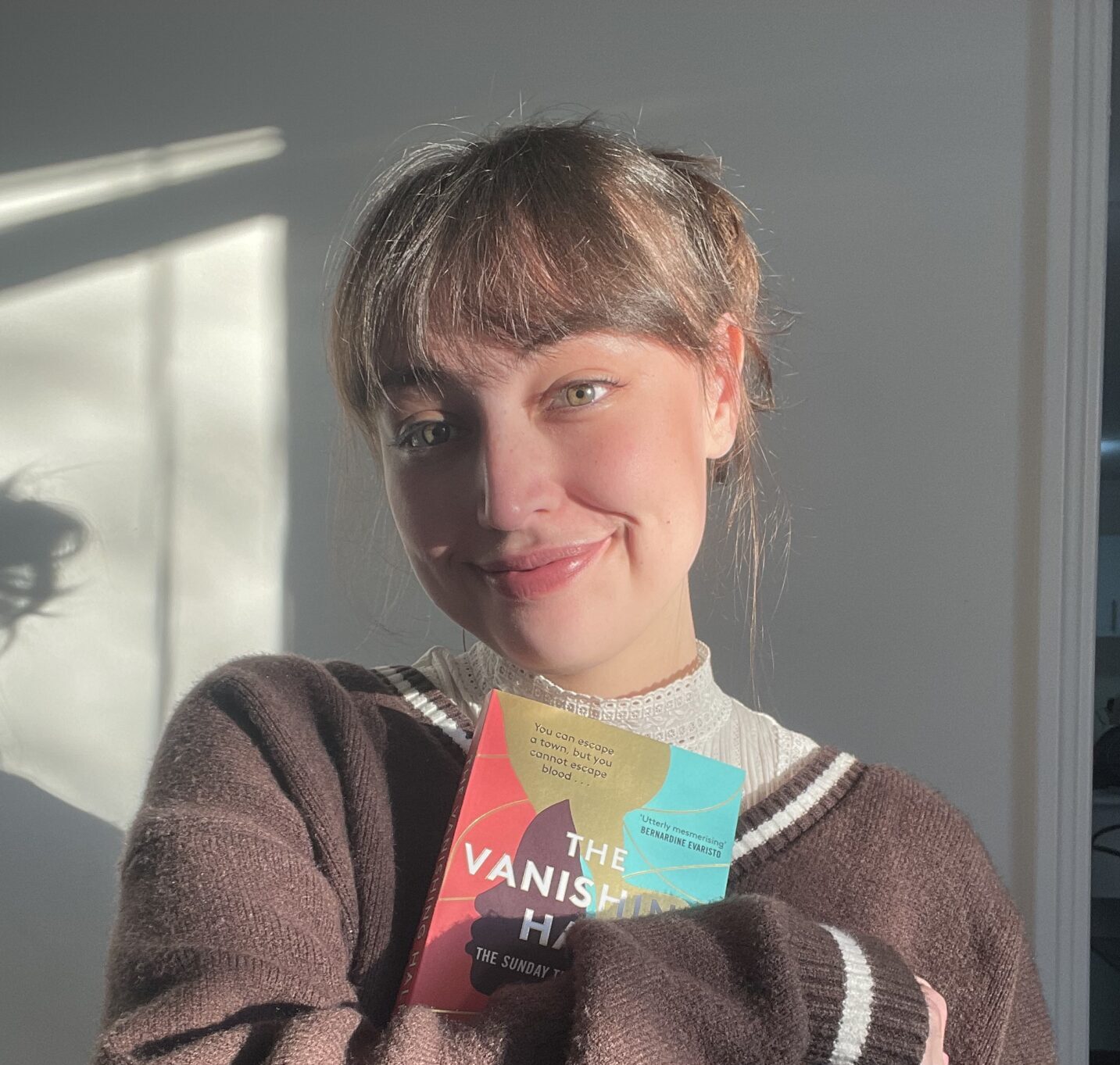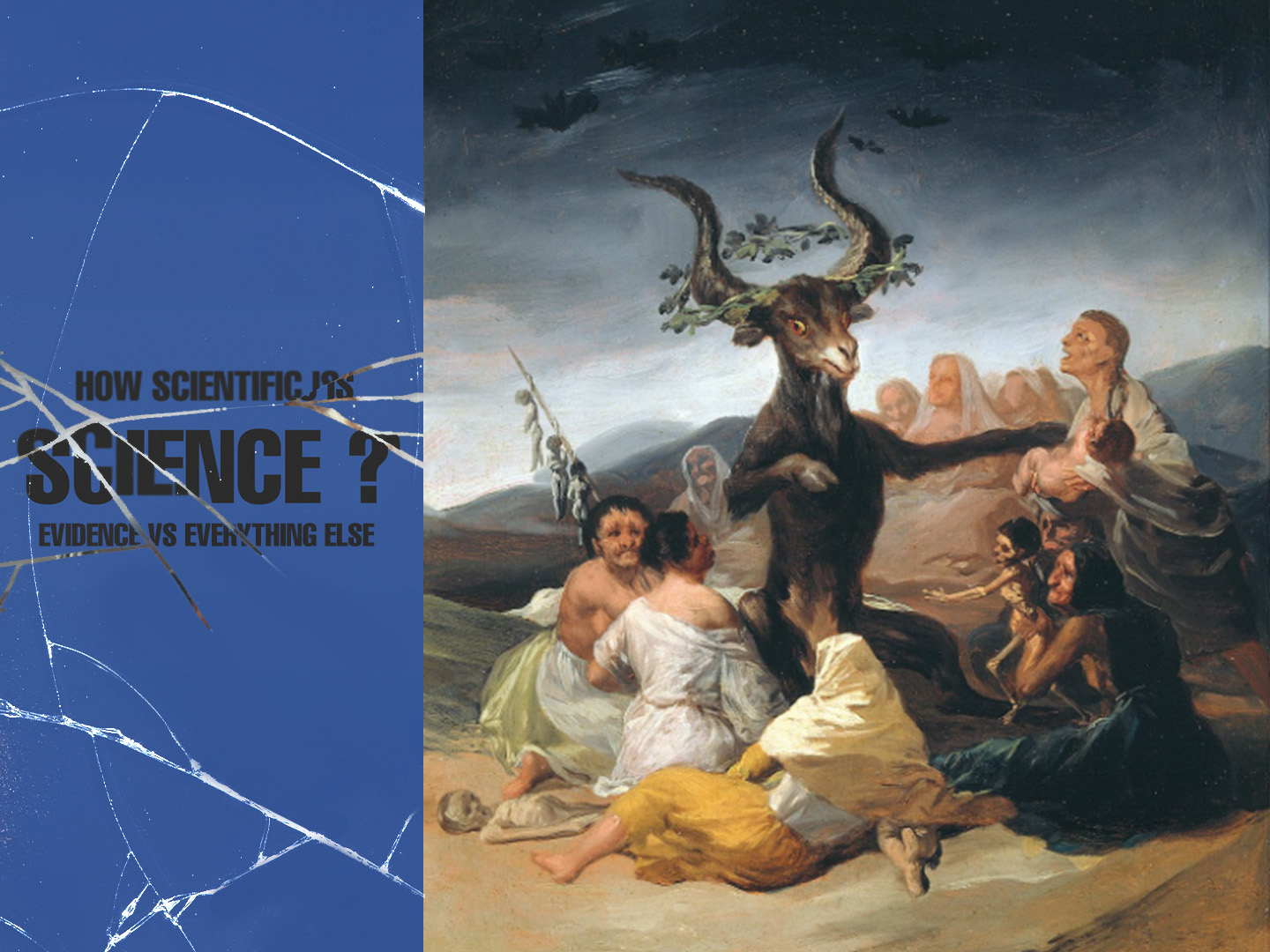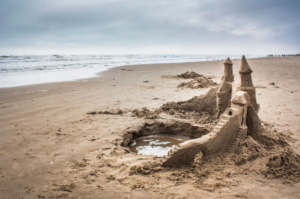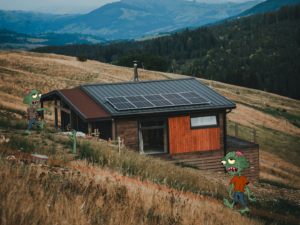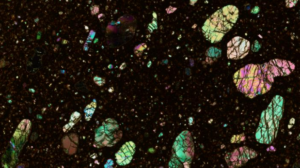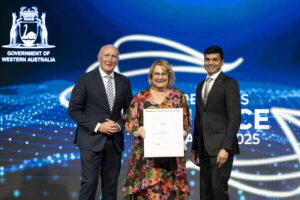By the pricking of my thumbs,
Something wicked this way comes.
Open, locks,
Whoever knocks.
[Enter Pseudoscience]
What is a witch? Secret, black and midnight hags, Shakespeare wrote in his early 1600s play The Tragedy of Macbeth.
Beyond the stage, witches were seen as a looming, menacing force, lurking in the shadows to spoil crops and poison children.
When evidence fell short, when nature misbehaved or when science didn’t yet have the tools to intervene, someone in the village would cry: “She’s a witch!”
Fair is foul, and foul is fair: The problem with women
Between the 14th and 18th centuries, tens of thousands of people – predominantly women – were executed for witchcraft across Europe.
These weren’t isolated village disputes. They were systematised, court-sanctioned pursuits of strange women who happened to be nearby when misfortune struck.
Often justified through theological reasoning and proto-scientific claims, these women were victims of a society without working models of disease, climate or chance.
In a day where religion and superstition was heralded as science, Genesis’s Eden signals the cultural fear of the witch. When the Devil appeared as a snake, it was Eve who took the apple. Women were the subject of suspicion – their ‘weak-mindedness’ left them susceptible to the lures of evil.
Caption: Witches presenting wax dolls to the devil. Featured in The History of Witches and Wizards (1720)
Credit: Wellcome Library
The Malleus Maleficarum (1487), a how-to manual on identifying and prosecuting witches, played on this misogynistic fearmongering by hysterically proclaiming that women were “defective in all the powers of the soul and body”.
Maleficarum was one of the best-selling books in all of Europe, with at least 13 editions published between 1487 and 1520. People were reading a text that claimed “women are by nature instruments of Satan” with the voracity with which we now consume Sally Rooney novels.
Funny how it worked, though – that women were at once so frail and weak and yet all-powerful beings who could stop storms, spoil crops and mess with your fertility just by looking at you sideways.
Not like th’ inhabitants o’ th’ Earth: What makes a witch?
Believe it or not, accusations were not a perfect science. There was no specific rhyme or reason for how witches were tortured for their supposed supernatural crimes. However, some patterns did emerge.
Throughout Europe, midwives and healers were disproportionately accused of witchcraft.
Before germ theory was accepted, women’s proximity to life and death made them suspect – when births went wrong, the nearest woman with expertise became the culprit.
Widows, older women or women with visible physical differences – those who were on the social margins with little community to protect them – were frequently accused and executed.
In fact, warts, moles, skin tags, hardened nipples and sagging breasts were among the so-called ‘symptoms’ of a witch. That’s right – existing in a human body was enough!
This also means that men were not precluded from being hunted during the trials. Of course, more women than men were accused of witchcraft, but estimates say that around 20% of those accused of witchcraft were men.
This has led academics to refer to the witch hunts as ‘sex-related’ rather than ‘sex-specific’.
Caption: “I’m not a witch!”, “But you are dressed as one”, “They dressed me like this!”
Credit: Still from Monty Python and The Holy Grail/20th Century Studios
What’s done cannot be undone: Spectral evidence and science gaps
While Galileo was building our first telescopes, women were being stripped, shaved and searched for a ‘witch’s mark’ to prove their guilt.
While Newton invented calculus, courts were accepting spectral evidence – dreams and visions as legitimate proof.
Some of the same thinkers celebrated as pillars of scientific reason also reinforced witch-hunting frameworks.
A key figure in the development of the scientific method, Francis Bacon condemned ‘witches’ and ‘sorcerers’ in the same breath as he denounced unreliable experiments.
Witch hunts persisted not because there was no science but because early science could not fill the gaps to explain every tragedy.
Without meteorology or germ theory, hailstorms and miscarriages seemed mysterious and unnatural. Accusing someone of witchcraft helped communities make sense of misfortune.
This false illumination of the unknown was comforting – for those who could avoid being burned.
Double, double toil and trouble: The science of suspicion
The witch hunts remind us of what happens when people seek certainty without evidence or demonise the unknown.
Science works when it stays curious, open and sceptical – especially of its own assumptions.
Because when it doesn’t, we’re not too far from believing the storm was cast by a witch.
